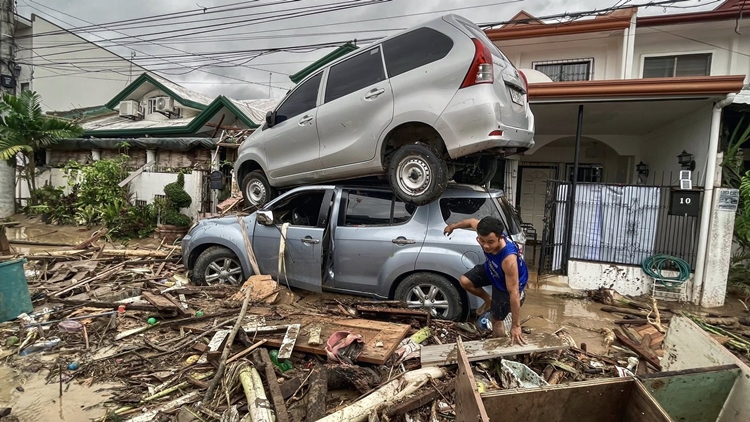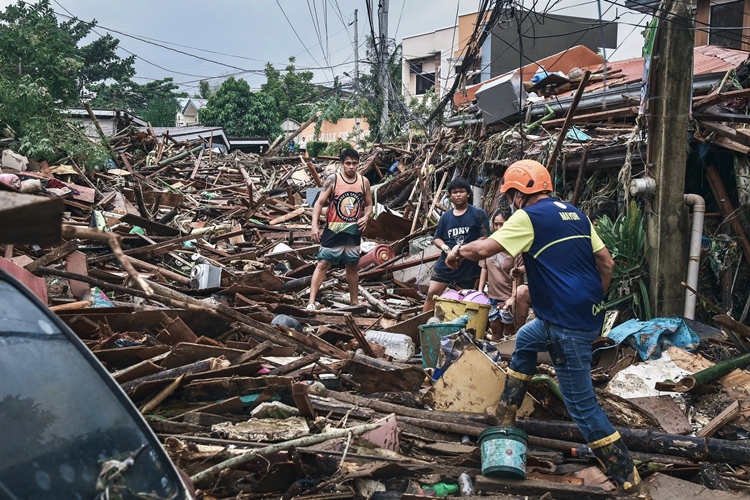Typhoon Tino Aftermath
Over 40 people lost their lives and hundreds of thousands were displaced after Typhoon Tino (international name: Kalmaegi) brought heavy rains and massive flooding across the central Philippines on Tuesday. The storm left large portions of Cebu submerged, with videos showing vehicles, trucks, and even huge shipping containers being swept away by muddy floodwaters.
In Cebu province alone, 39 deaths were confirmed, according to provincial information officer Ainjeliz Orong. This number does not yet include fatalities from Cebu City, which are counted separately. Other provinces also reported casualties, including an elderly person who drowned in Leyte and a man killed by a falling tree in Bohol.
Before Typhoon Kalmaegi made landfall, Cebu City received around 183 millimeters of rainfall within 24 hours—far exceeding its monthly average of 131 millimeters, according to weather specialist Charmagne Varilla. Cebu Governor Pamela Baricuatro described the situation as unprecedented and admitted that while they expected strong winds, the overwhelming floodwaters turned out to be the most destructive.

Rescue operations continued throughout the province, with local disaster official Ethel Minoza confirming that the bodies of two children were recovered in Cebu City. Many residents remained trapped in their homes as rescuers struggled to reach them. Don del Rosario, a 28-year-old resident, shared that the water rose very quickly and by 4 a.m., it had become uncontrollable. He said it was the worst flooding they had ever experienced in the area.

Experts warn that the increasing intensity of storms like Tino is linked to climate change. Warmer seas enable typhoons to gain strength faster, and the hotter atmosphere can hold more moisture, resulting in heavier rainfall and flooding.

Adding to the crisis, hundreds of people still living in temporary shelters after a 6.9-magnitude earthquake in September were once again forced to evacuate for their safety, said Cebu information officer Rhon Ramos. In total, nearly 400,000 residents were preemptively relocated from areas directly in the typhoon’s path, according to civil defense deputy administrator Rafaelito Alejandro.

